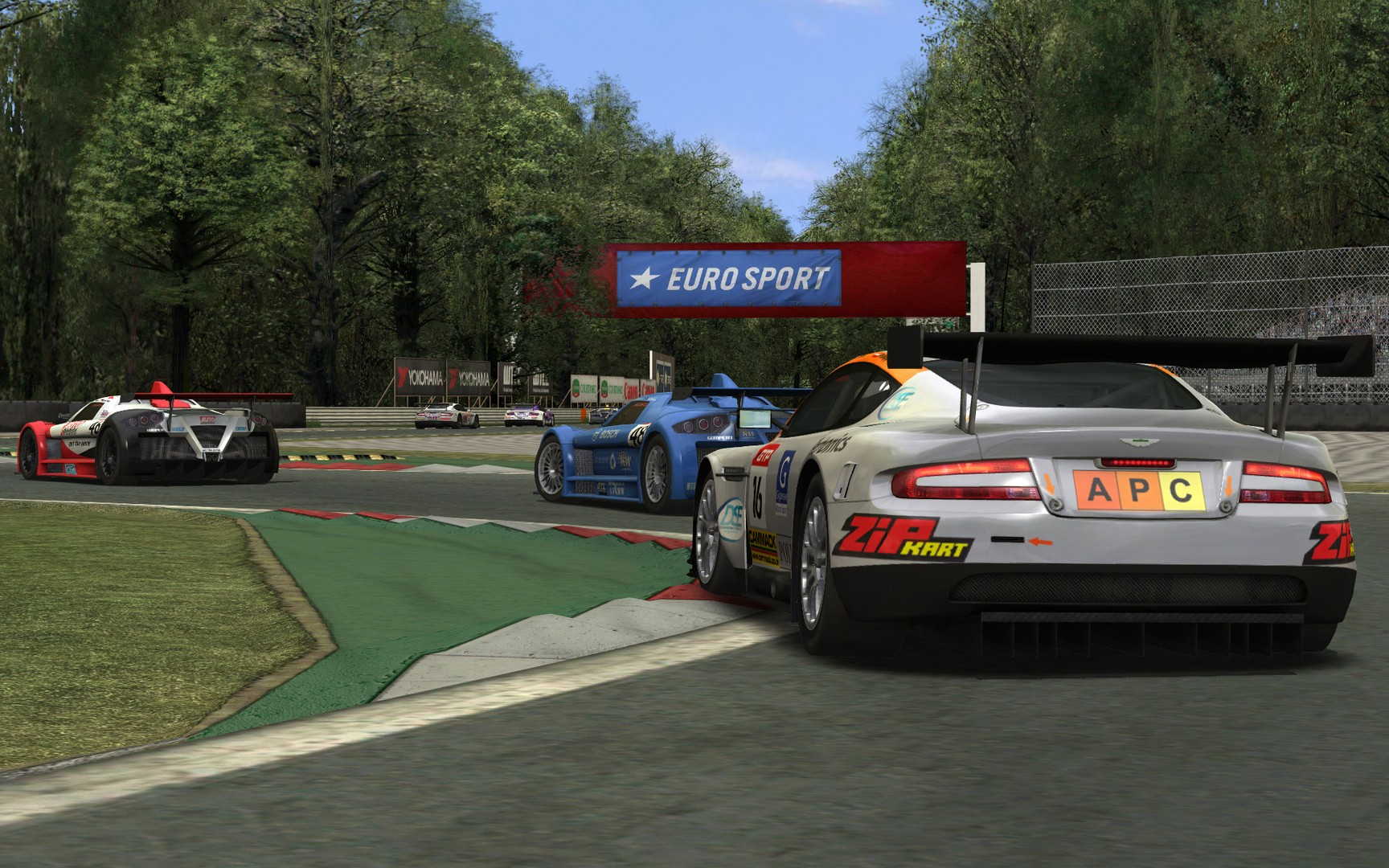

Most of the cars tend towards understeer, which is certainly not how they were driven in the period, but the handling model is quite forgiving, and I’d say lower-powered vehicles like the Mini and Lotus Elite are the most fun to chuck around.

GT Legends is based on the 2005 FIA Historic Racing Championship, so isn’t quite a proper historic racing simulation in the way Grand Prix Legends is. Argh! So close! The single-player mode in GT Legends will be a test for even the fastest sim racers around

The car was a handful under braking but had that lovely off-throttle oversteer you associate with a front-wheel-drive race car. P1 takes a bit of effort to reel in, so much so that I fall just short on the final straight on the final lap.

I qualify on pole then make a horrendous start, falling to third before divebombing past P2 in an aggressive manner.
#Gtr evolution physics professional
The moment the little Mini transfers from neutrality to understeer mid-corner is communicated instantly, and I’m soon lapping faster than the AI on professional difficulty. I get going, run a few laps, and the feedback from the wheel is actually effective. The textures and colours don’t ‘pop’ compared to modern-day sims, but this is a positive start. Immediately I’m struck by the graphics – they look clean and crisp – very presentable. ( John Wiley & Sons, Inc., New York, 2012).The Porsche 911 at Zolder this didn’t end well… Lee, Semiconductor Devices Physics and Technology, 3rd ed. Van Zeghbroeck, Principles of Semiconductor Devices ( University of Colorado Boulder, 2011), see ∼bart/book. Gokirmak, in Material Research Society Fall Meeting ( Boston, MA, 2017), p. Gokirmak, in APS March Meeting ( Boston, MA, 2019), p. Gokirmak, in Material Research Society Fall Meeting ( Boston, MA, 2018), p. Gokirmak, in Material Research Society Spring Meeting ( Phoenix, AZ, 2017), p. Silva, in Material Research Society Fall Meeting ( Boston, MA, 2014), p. Wouters, in IEEE International Electron Devices Meeting ( IEEE, Washington, DC, 2007), pp. Gokirmak, MEMS Nanotechnology ( Springer, 2011), Vol. Lundstrom, see for “Notes on Bipolar Thermal Conductivity” (2017). thesis, University of Connecticut, 2016, see. thesis, University of Connecticut, 2012, see. Gokirmak, in 74th Annual Device Research Conference ( IEEE, Newark, DE, 2016), pp. (03)00012-7, Google Scholar Crossref, ISI
#Gtr evolution physics full
Here, we present a full semiconductor physics treatment of this carrier-lattice heat transport mechanism and the contribution of the minority carriers on the evolution of the melt–solid interface, which can be applied to various high-temperature electronic devices. The extreme asymmetry can be explained by the generation of considerable amount of minority carriers, transport under the electric field, and recombination downstream, a heat transfer process we termed as generation–transport–recombination, which is in opposite direction of the electronic-convective heat carried by the majority carriers. We had earlier observed asymmetric melting of self-heated nano-crystalline silicon micro-wires, where current densities of ∼10 7 A/cm 2 were forced through the wires by 1 μs, ∼30 V pulses. With the emergence of phase change memory, where the devices experience extreme thermal gradients (∼100 K/nm) during transitions between low and high resistive states, the study of thermoelectric effects at small scales becomes particularly relevant.


 0 kommentar(er)
0 kommentar(er)
